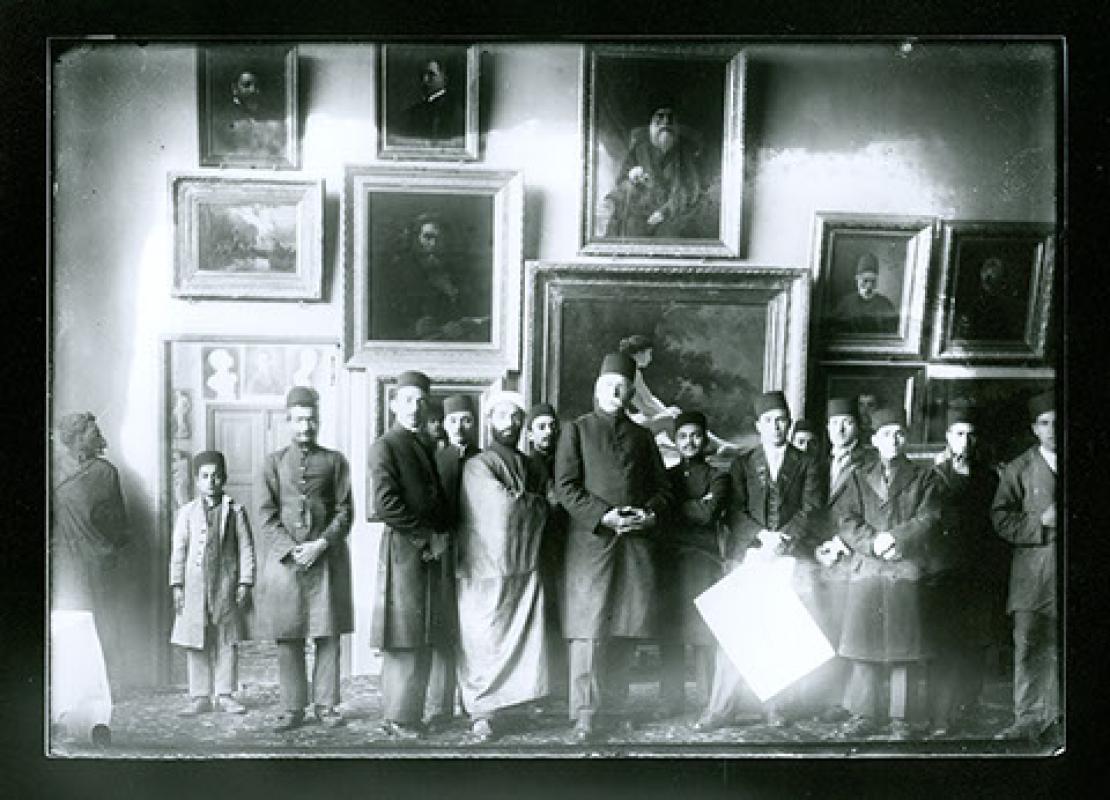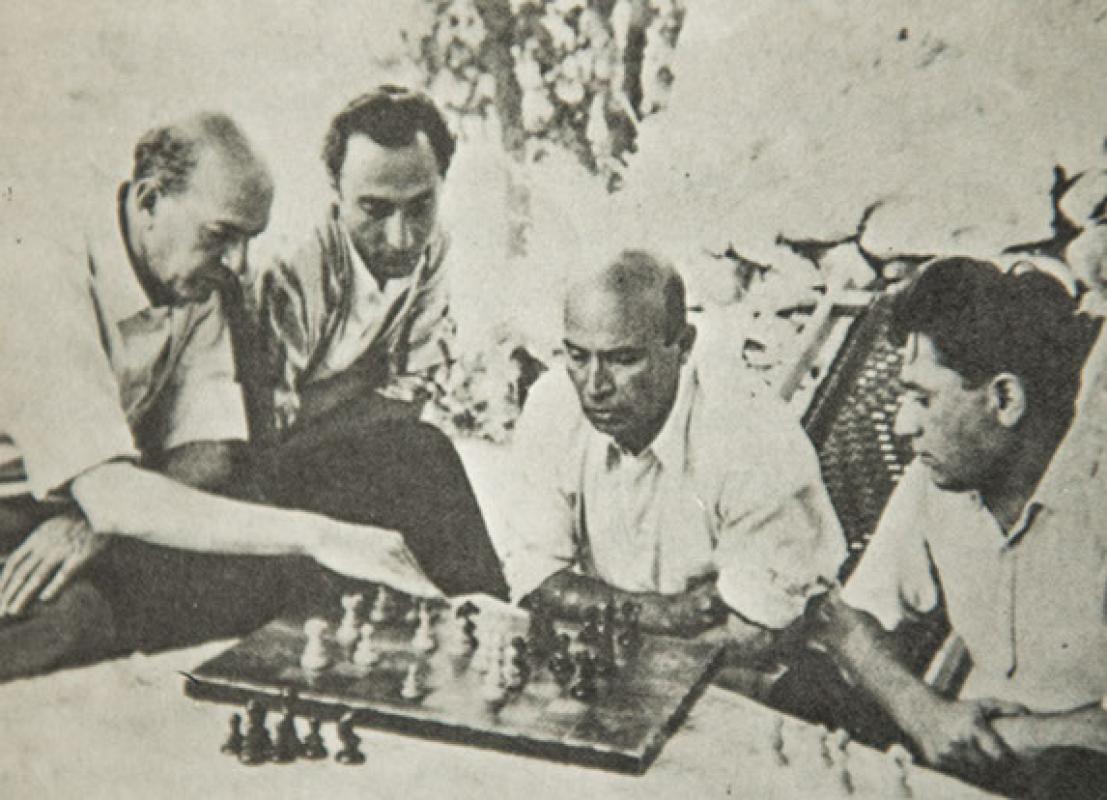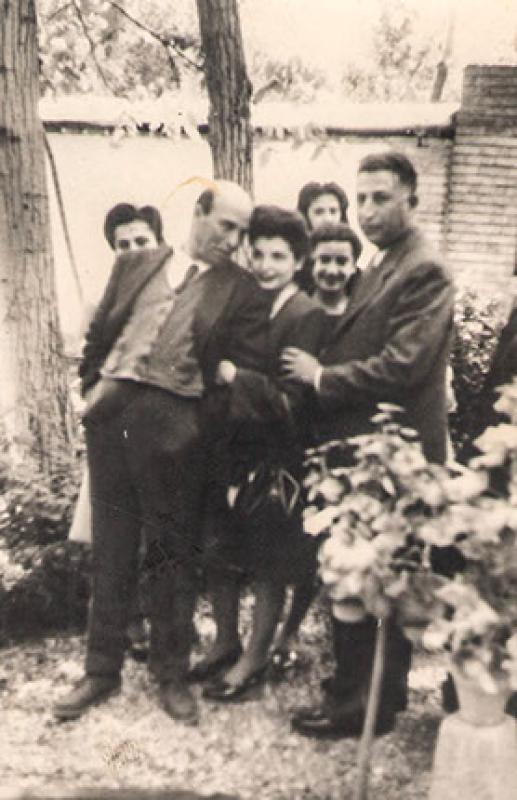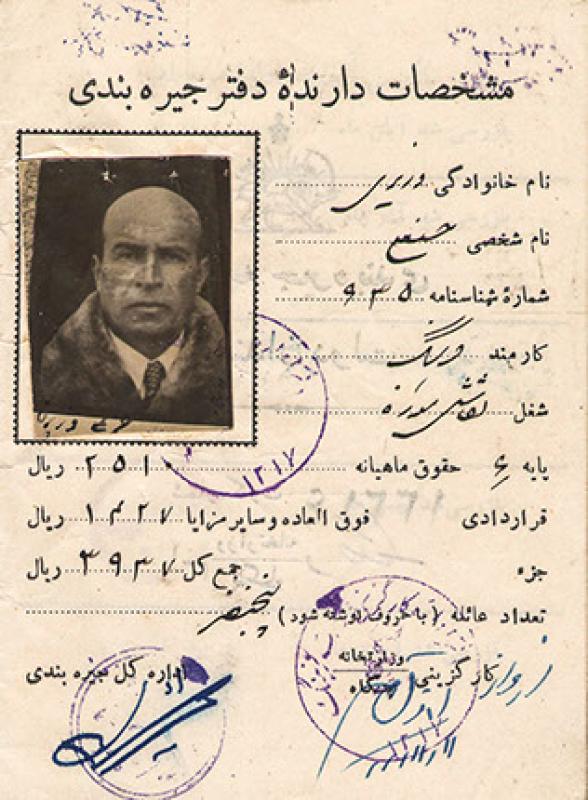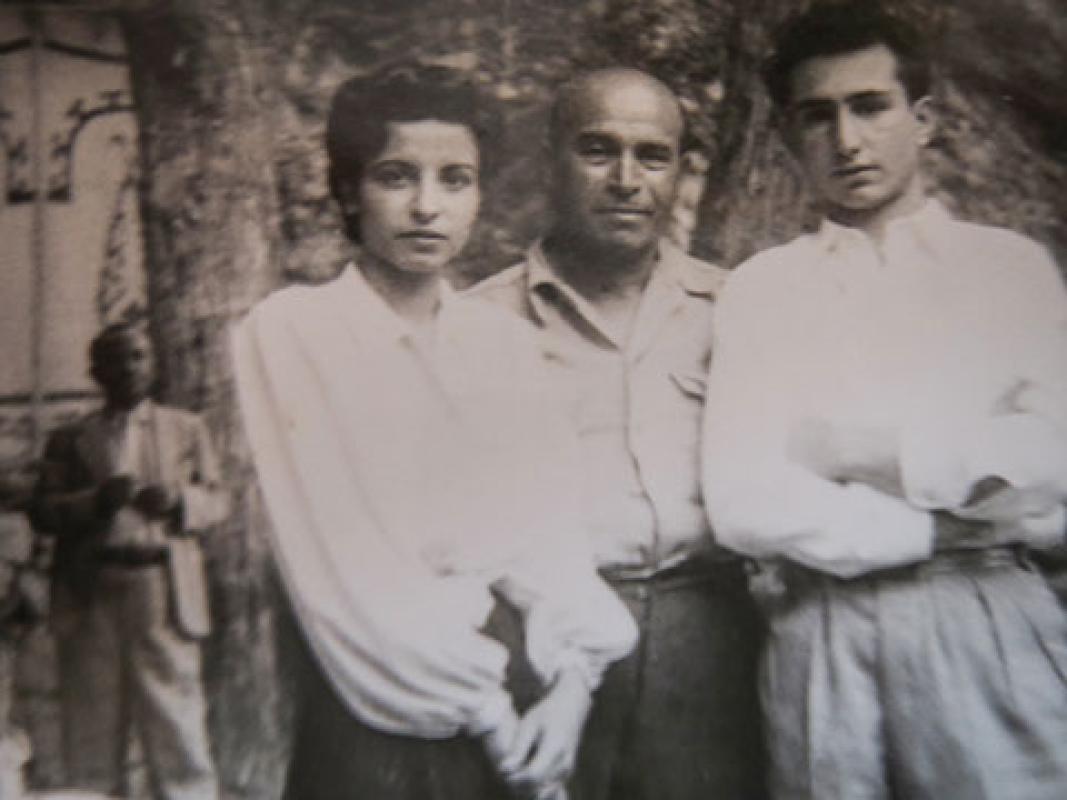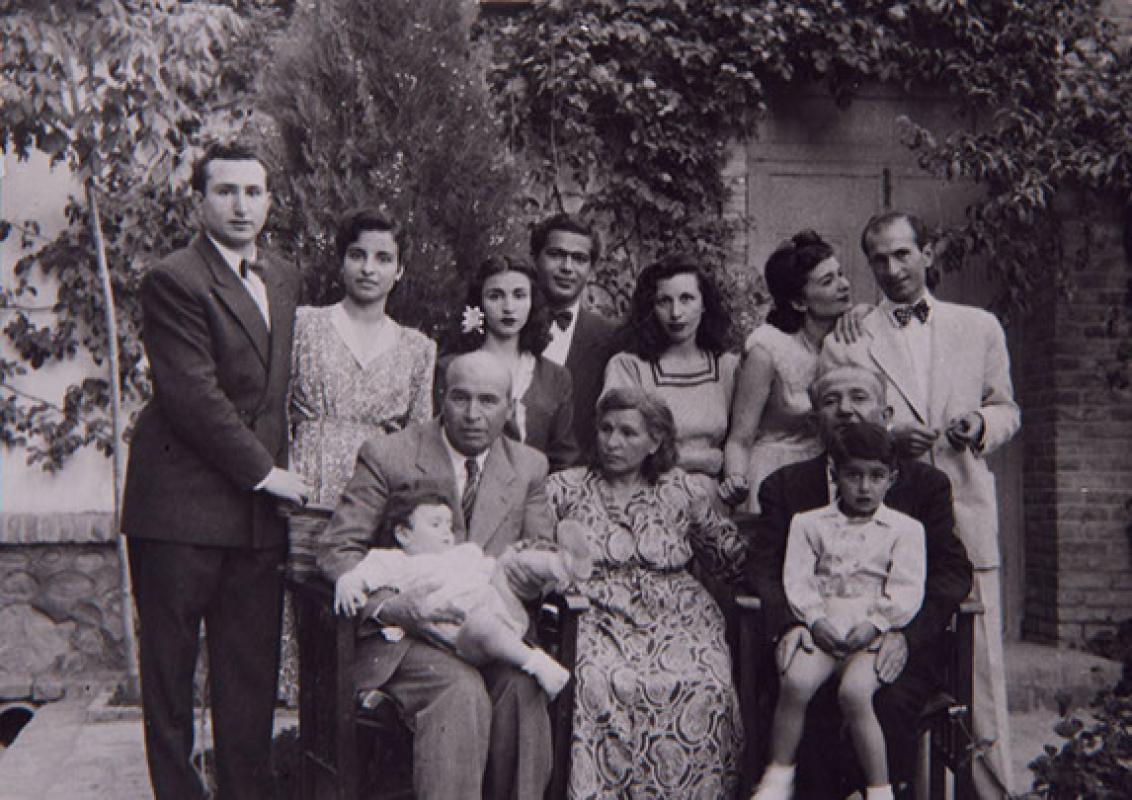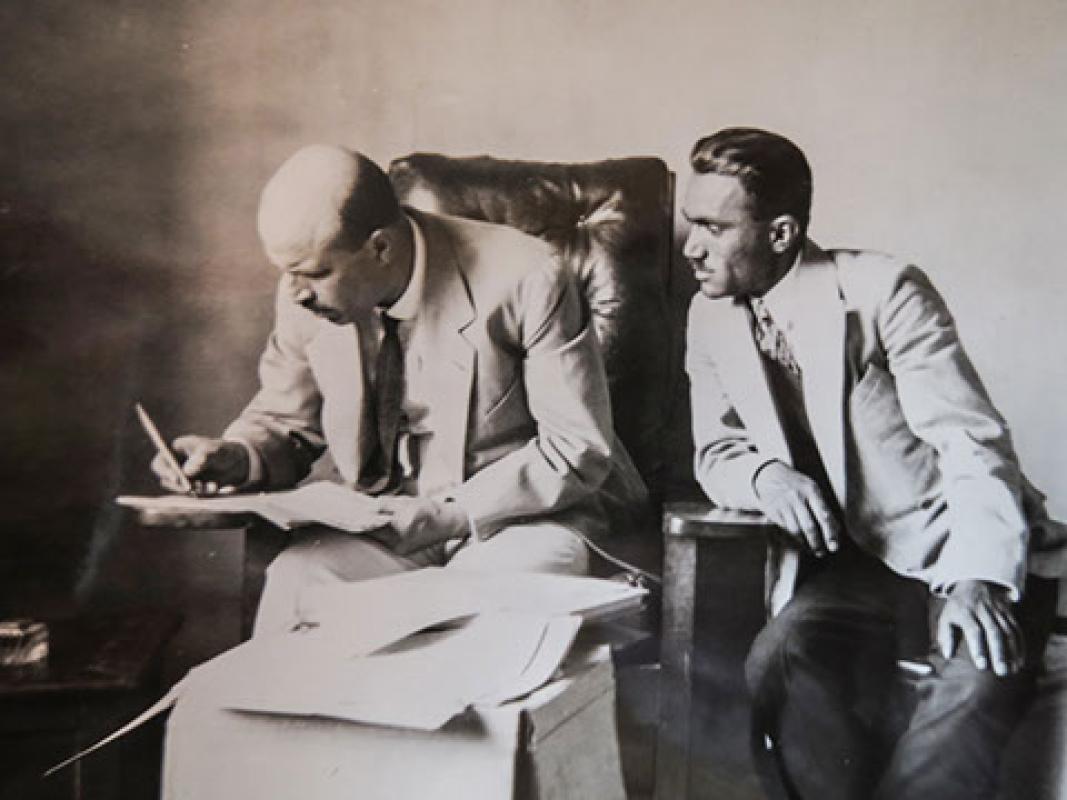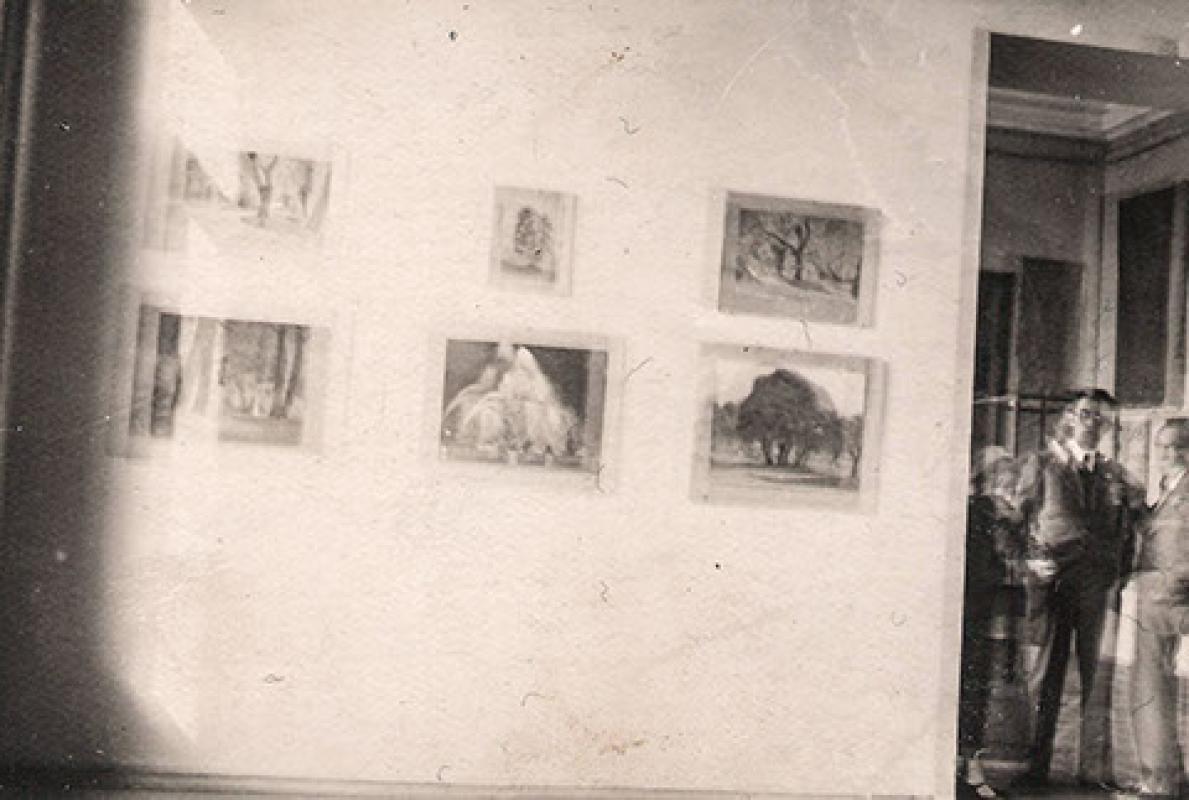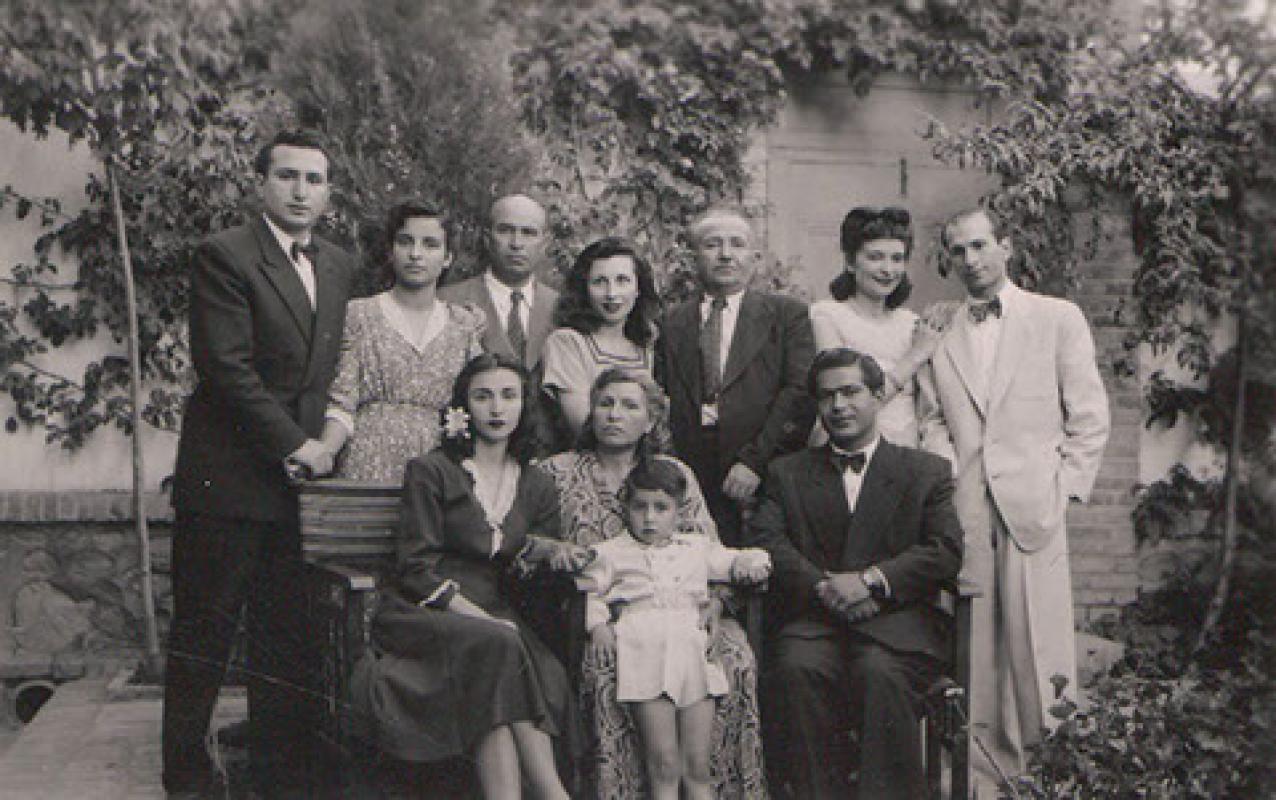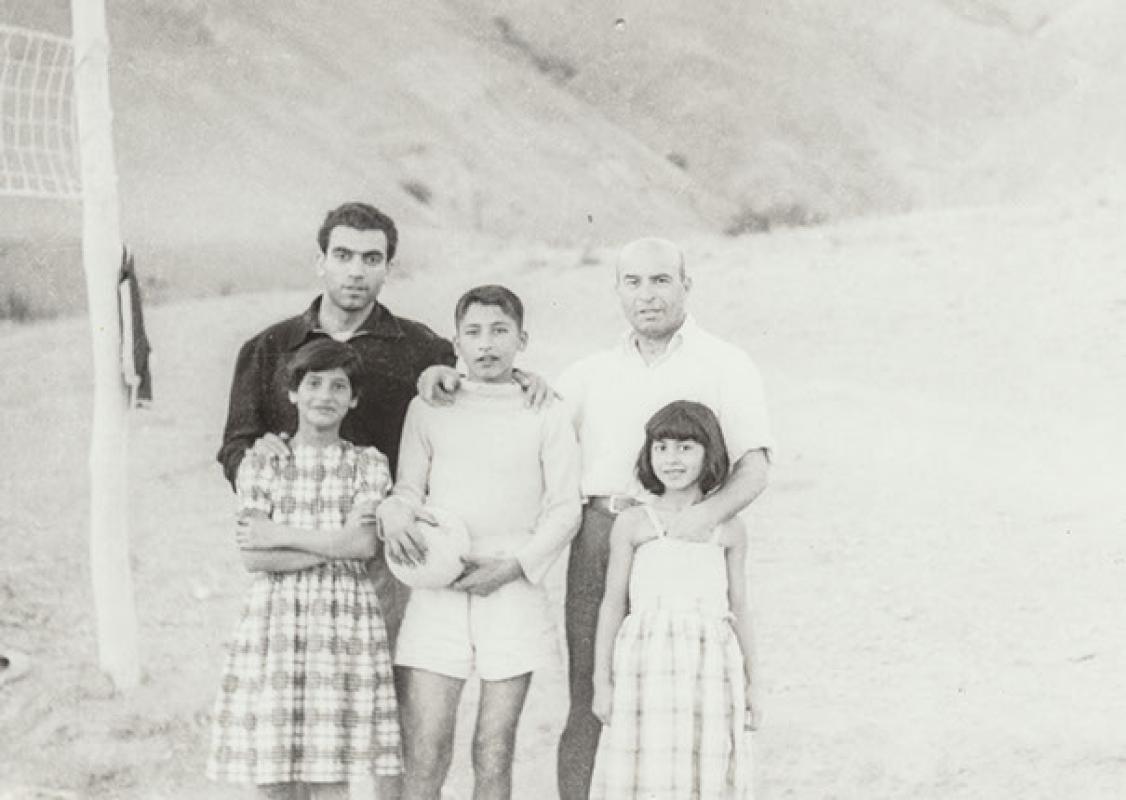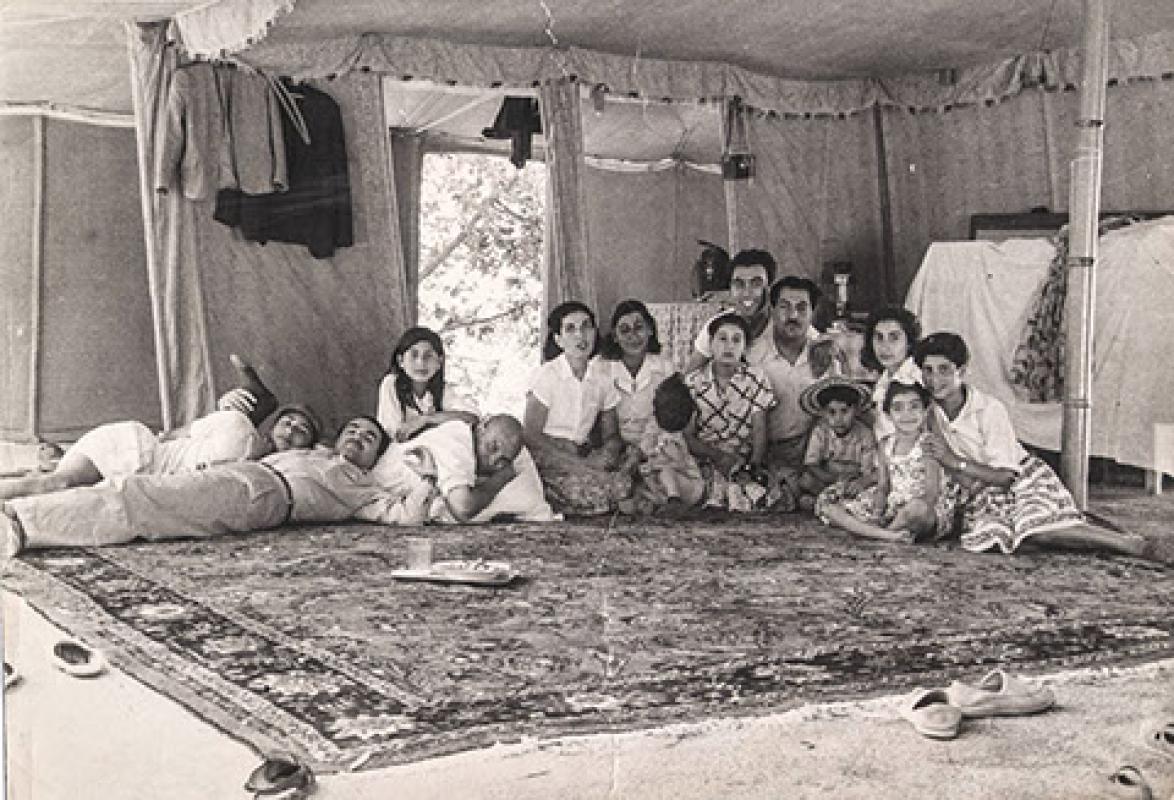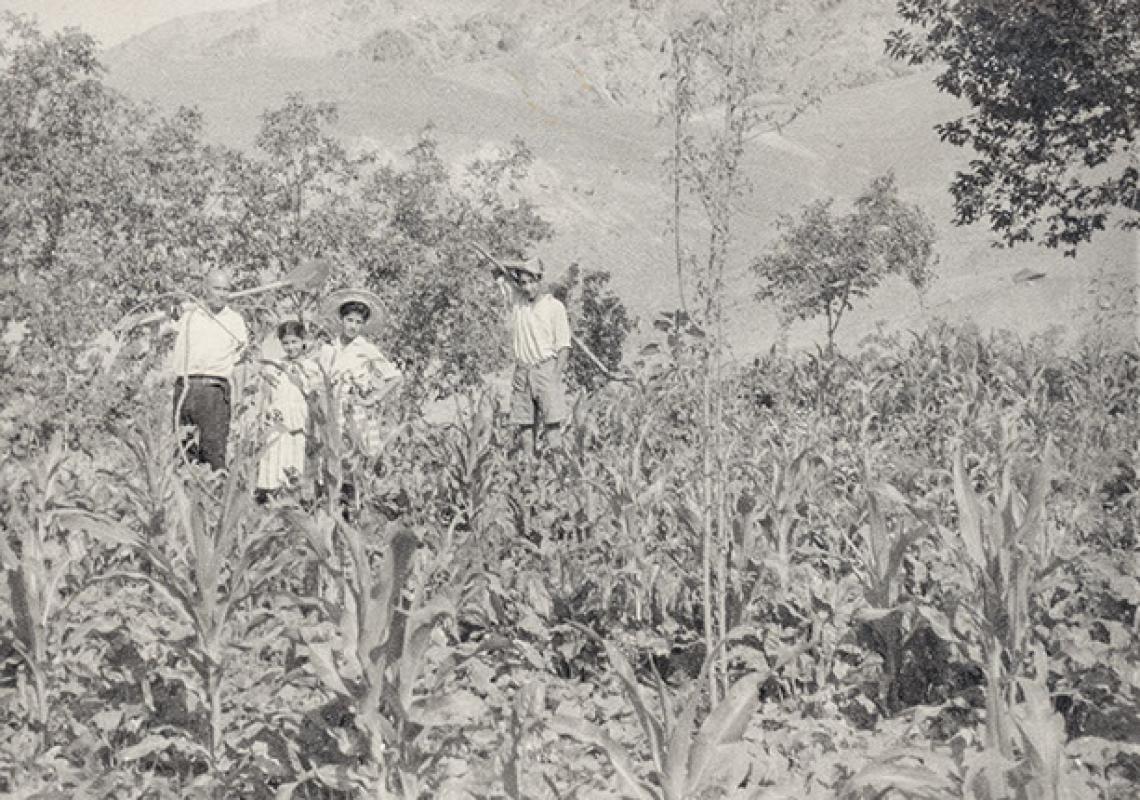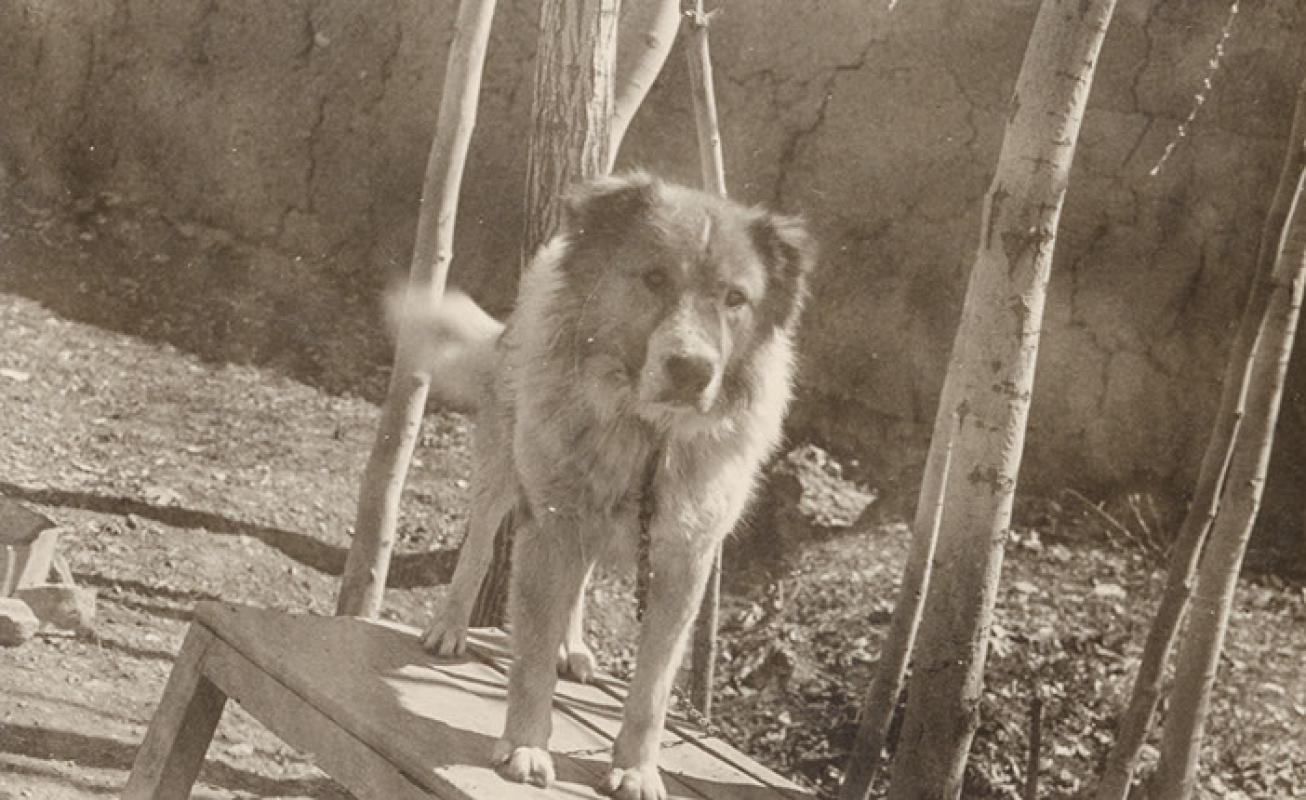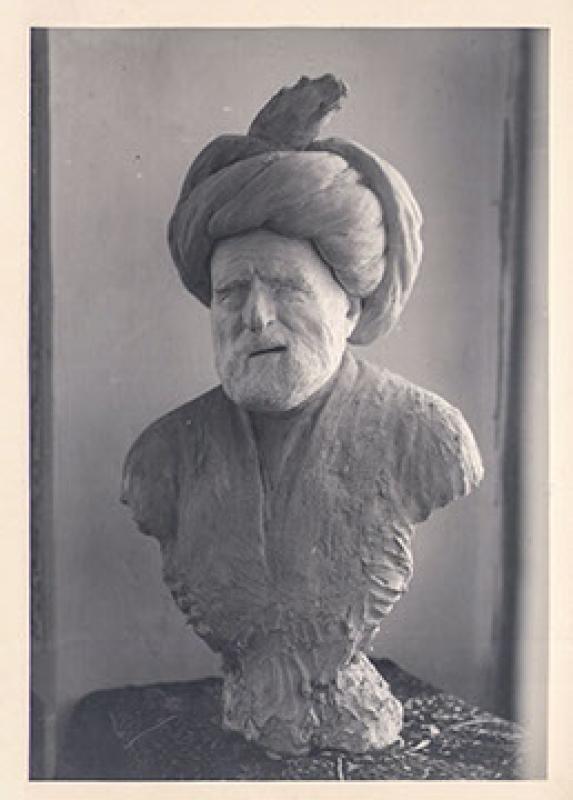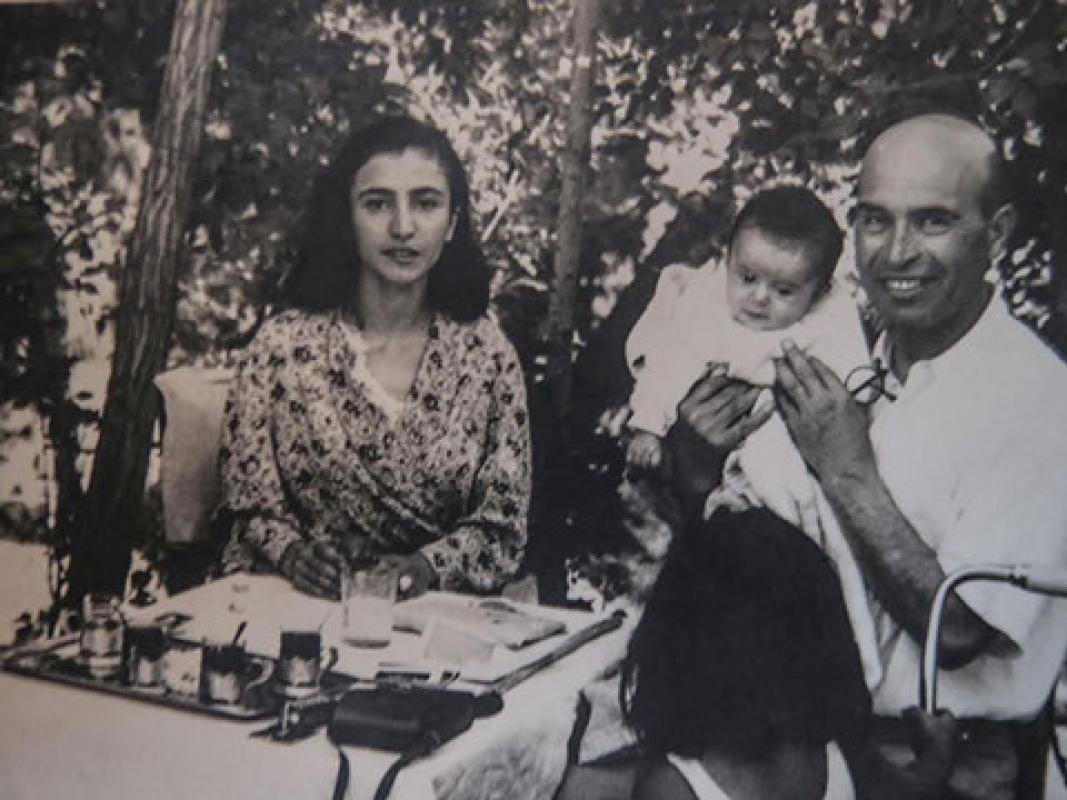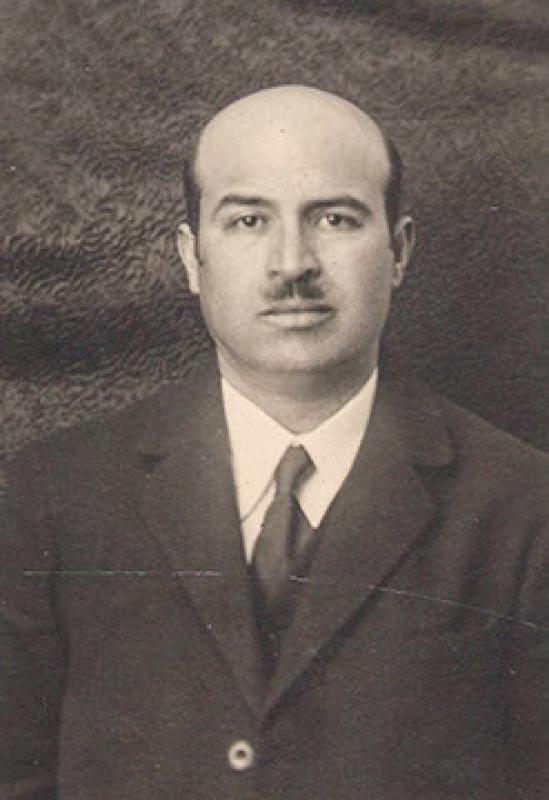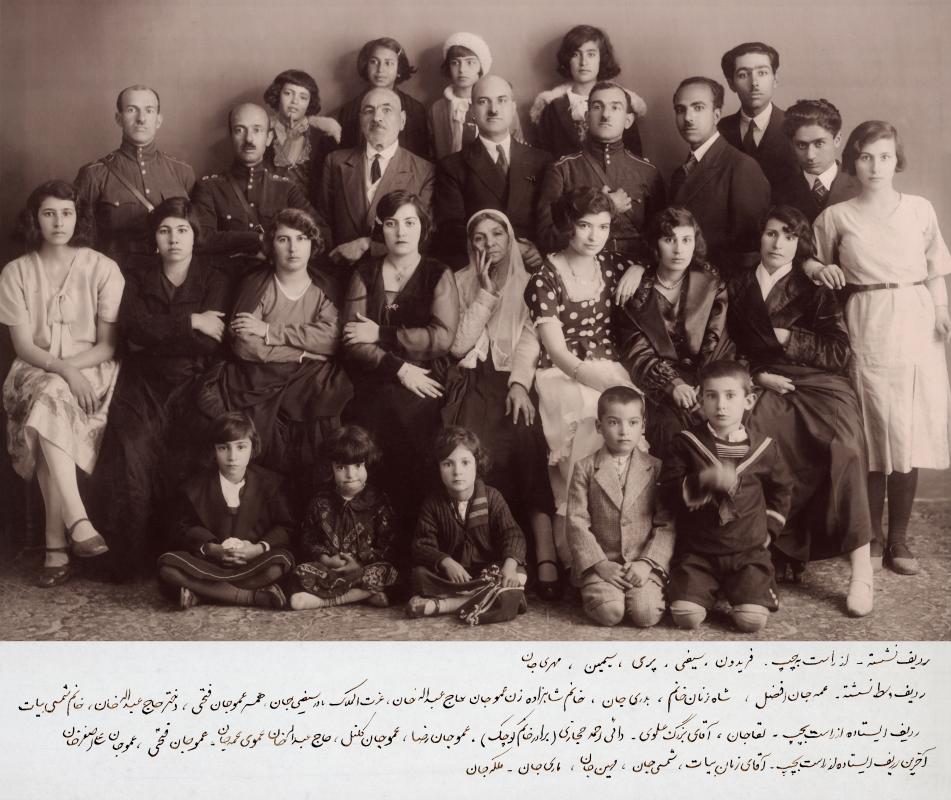After graduating from that school he was appointed as a teacher and principal at the school. He was then promoted to the deputy head of Fine Arts (1933/35) and travelled round the world as an ambassador of the Iranian contemporary art. He exhibited his work in USA, France, Geneva, England, Germany and Japan. His work was received with admiration and was compared with the works of world prominent painters such as Da Vinci and Rambrandt and others by the western art critics at the time. Some critics could spot grains of expressionism in his work.
After returning to Iran he tried hard to revive the Institute of fine art in side line with his teaching in the College of Fine Arts; holding few exhibitions; writing a book on the biography of Kamal Almolk; publishing papers on perspective; arranging a memorial lecture in the honour of his beloved teacher and his work – Kamal Almolk who had past away by then. But at the end the attitude and hinderance by the authorities made him so disappointed and disillusioned that he became more or less a recluse and withdrew from the public sphere and resigned to live in a mountain village of Golab Dareh in the North of Tehran. He continued drawing but this time the landscape of Golab Dareh and he wrote poetry while still researching and lecturing anatomy at Tehran University.
In the final years of his life he put the palate and brushes away and he dedicated his entire life to gardening and reading literature and analysing Hafez Poetry.
Of his entire works one hundred painting perished in a fire while in storage in his brother’s « Club Musical” school.
Another seventy went in flame on 1939 in Europe during the second world war, while waiting to be dispatched back to Tehran after his world tour. The remaining works, apart from few on permanent exhibition in Tehran National Museum are kept amongst his family and his children. Many of them don’t have signature has he dislike signing his work.
His famous surviving master pieces are: My Brother, School Registrar, Bird of Mazandaran and also a group of five paintings with the name of Vaziri’s Summer Dwelling.
Of his sculpture there remain: Bust of Ferdosi, Adib Pishevari, The Black Flutes Player, Fakhr Divan Fekri and Ali Asghar Zebary.



